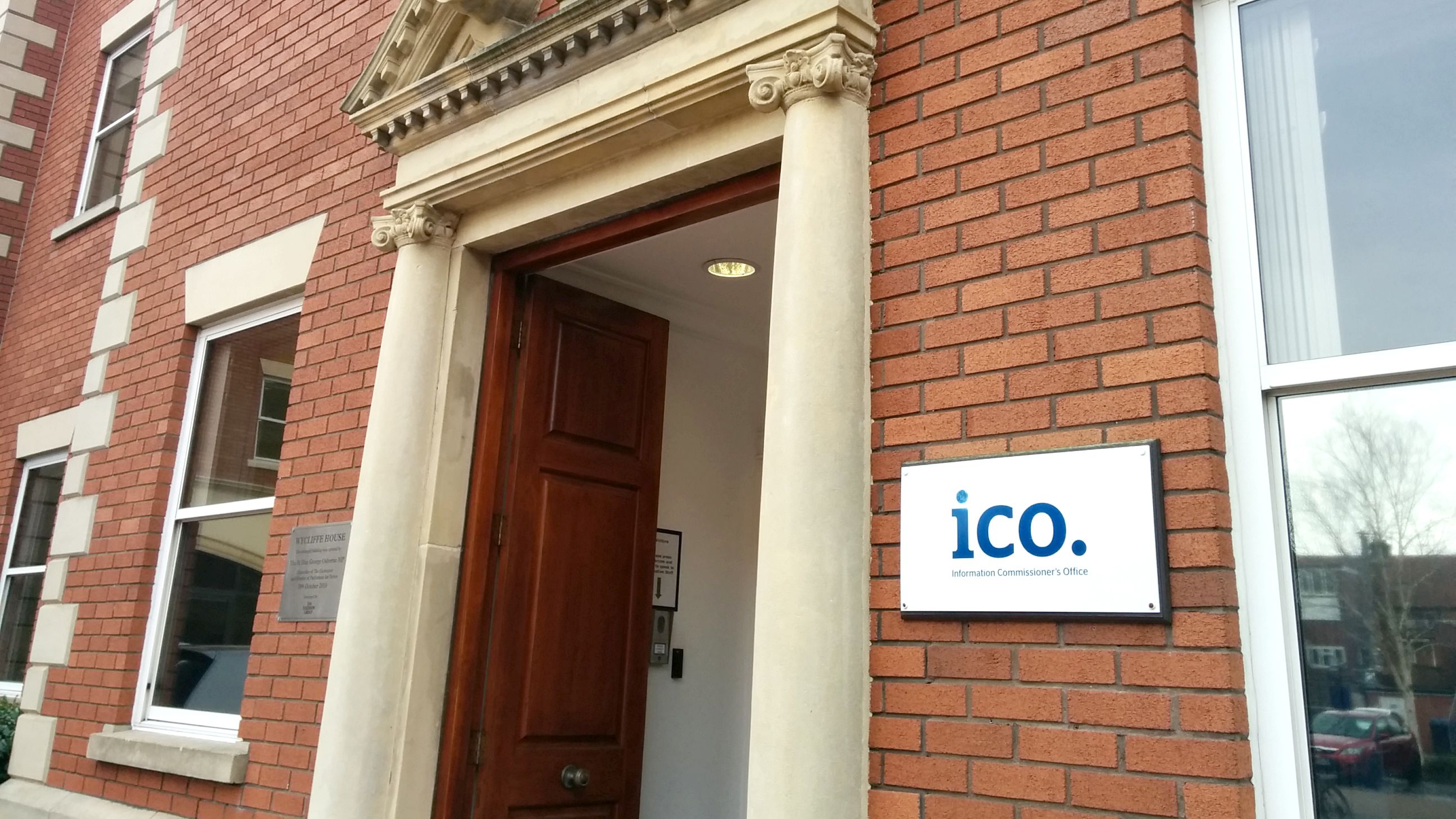UK data watchdog cut IT spending by £1.2 million during pandemic
The ICO’s IT budget has been slashed by around 23% since 2019


The Information Commissioner’s Office (ICO) reduced its IT spending by £1.2 million over two years, despite a surge in demand for technology during the pandemic.
The ICO’s budget was most recently cut from £5,379,990 for the fiscal year (FY) 2019/20, to £5,250,720 in FY 2020/21, according to data obtained through a Freedom of Information (FOI) request and analysed by the Parliament Street think tank.
However, the most significant cut came during FY 2021/22, when the ICO’s IT budget was slashed to £4,122,045.
This means that spending was reduced by almost a quarter (23%) in two years, despite the data protection watchdog’s February 2021 spending forecast predicting that the IT budget would “marginally increase (...) by the year end” due to “some increase[d] hardware spend".
In September 2021, the ICO also invested in a new digital assistant chatbot to help “guide customers through the data protection fee-paying journey”. Despite answering a record 33,773 queries in the first month since launching, interest in the chatbot has since waned, answering only 6,560 queries in April 2022.
The ICO wasn’t immediately available to comment on the reason behind its IT spending cuts. The watchdog is largely funded through data protection fees, which accounts for around 85% to 90% of the ICO’s annual budget. The remaining 10 to 15% is sourced from grants provided by the UK government.
RELATED RESOURCE

Join the 90% of enterprises accelerating to the cloud
Business transformation through digital modernisation
The ICO’s IT budget cuts are largely in line with predictions published by Gartner in August 2021, when the technological research and consulting firm stated that, despite global IT spending exceeding pre-pandemic levels in 2022, the pace of government IT spending will slow down.
Sign up today and you will receive a free copy of our Future Focus 2025 report - the leading guidance on AI, cybersecurity and other IT challenges as per 700+ senior executives
Gartner researchers also found that IT infrastructure and applications modernisation, as well as digital government transformation, are the key areas that are set to fuel government IT spending in 2022. The pandemic has served to boost the pace of digital transformation in the public sector, with Gartner estimating that by 2025, more than half of government agencies will have modernised critical core legacy applications.
Having only graduated from City University in 2019, Sabina has already demonstrated her abilities as a keen writer and effective journalist. Currently a content writer for Drapers, Sabina spent a number of years writing for ITPro, specialising in networking and telecommunications, as well as charting the efforts of technology companies to improve their inclusion and diversity strategies, a topic close to her heart.
Sabina has also held a number of editorial roles at Harper's Bazaar, Cube Collective, and HighClouds.
-
 TPUs: Google's home advantage
TPUs: Google's home advantageITPro Podcast How does TPU v7 stack up against Nvidia's latest chips – and can Google scale AI using only its own supply?
-
 Microsoft Excel is still alive and kicking at 40
Microsoft Excel is still alive and kicking at 40News A recent survey found Gen Z and Millennial finance professionals have a strong “emotional attachment” to Microsoft Excel
-
 LastPass hit with ICO fine after 2022 data breach exposed 1.6 million users – here’s how the incident unfolded
LastPass hit with ICO fine after 2022 data breach exposed 1.6 million users – here’s how the incident unfoldedNews The impact of the LastPass breach was felt by customers as late as December 2024
-
 Cyber attacks have rocked UK retailers – here's how you can stay safe
Cyber attacks have rocked UK retailers – here's how you can stay safeNews Following recent attacks on retailers, the NCSC urges other firms to make sure they don't fall victim too
-
 ICO admits it's too slow dealing with complaints – so it's eying up automation to cut staff workloads
ICO admits it's too slow dealing with complaints – so it's eying up automation to cut staff workloadsNews The UK's data protection authority has apologized for being slow to respond to data protection complaints, saying it's been overwhelmed by increased workloads.
-
 “Limited resources” scupper ICO probe into EasyJet breach
“Limited resources” scupper ICO probe into EasyJet breachNews The decision to drop the probe has been described as “deeply concerning” by security practitioners
-
 Surge in workplace monitoring prompts new ICO guidelines on employee privacy
Surge in workplace monitoring prompts new ICO guidelines on employee privacyNews Detailed guidance on how to implement workplace monitoring could prevent data protection blunders
-
 TikTok could be hit with £27m fine for failing to protect children's privacy
TikTok could be hit with £27m fine for failing to protect children's privacyNews Social media firm issued with a notice from the ICO for potential violations of UK data protection laws
-
 What is AdTech and why is it at the heart of a regulation storm?
What is AdTech and why is it at the heart of a regulation storm?In-depth The UK data regulator has come under heavy fire for consistently delaying much-needed action, privacy groups say
-
 ICO crackdown on AI recruitment part of three-year vision to save businesses £100 million
ICO crackdown on AI recruitment part of three-year vision to save businesses £100 millionNews ICO25 outlines a fresh approach that involves releasing learning materials, advice, and a new ICO-moderated discussion forum for businesses
